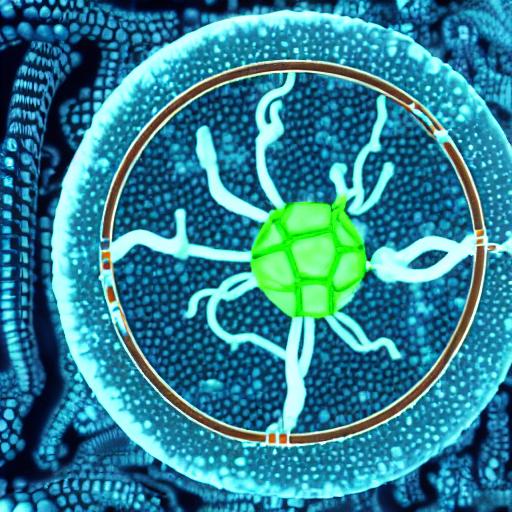Antimicrobial proteins created by AI have been tested in the real world and have proven to be effective. In the future, making new medicines might be accomplished using the same method.
Amino acid chain assemblies make up proteins. The arrangement of these acids determines the structure and activity of the protein.
Ali Madani and his colleagues at Profluent, a biotechnology startup in California, employed an AI to build millions of novel proteins before making a small sample of each to verify their functionality.
The ProGen AI functions in a manner similar to text-generating AIs. ProGen mastered the language of how amino acids join to make the 280 million proteins that already exist. The AI might be instructed to focus on a set of related proteins rather than the researchers selecting a topic for it to write about. In this instance, they selected a set of proteins with antimicrobial activity.
The researchers put safeguards into the AI’s workflow to prevent it from producing amino acid “gibberish,” but they also tested a sample of the molecules the AI suggested in actual cells. They physically produced 100 molecules, and 66 of them took part in chemical processes resembling those of natural proteins that eliminate bacteria in saliva and egg whites. This suggested that these novel proteins might also be capable of destroying bacteria.
Five proteins that caused the strongest reactions were chosen by the researchers, and they were put into a sample of Escherichia coli bacterium. Two of the proteins eliminated the bacteria.
Then the scientists used X-rays to scan them. Although they had up to 30% different amino acid sequences from any known proteins, their forms were almost identical to those of naturally occurring proteins. The team member James Fraser of the University of California, San Francisco says it wasn’t immediately obvious how the AI would figure out how to drastically alter the amino acid sequence while still producing the desired shape.
It was kind of like the old saying, “It looks like a duck, it quacks like a duck, and X-rays proved it walked like a duck, too,” recalls Fraser. He was taken aback to discover a fully functional protein in the initial, comparatively small portion of all the ProGen-generated proteins they examined.
Although they will still need to be examined in labs, which takes time, a similar procedure may be used to manufacture new test molecules for drug development, according to Madani.








